Embarking on the journey of rock landscaping can truly transform your outdoor space into a captivating haven, characterized by rugged charm and enduring beauty. Yet, the longevity of this picturesque landscape relies heavily on the diligence and knowledge applied to its maintenance. In this guide, we delve into the art and science of sustaining your stone landscaping, offering a comprehensive approach to ensure that the allure of natural elements endures through the seasons. From preserving the integrity of rock formations to cultivating a harmonious balance with surrounding flora, join us on a journey of practical insights and effective strategies that will empower you to nurture and maintain your rock landscaping with confidence. Discover the secrets to a resilient and timeless outdoor sanctuary that thrives under your attentive care.
What Type Of Edging Should I Use For Rock Landscaping?
For rock landscaping, you have several options for edging that can enhance the overall look of your design. One popular choice is using natural stone or boulder edging, which provides a seamless transition between the rocks and the surrounding landscape. This type of edging creates a rustic and organic feel, perfect for a natural-looking rock garden.
How Often Should I Weed My Rock Landscaping?
Weeding rock landscaping depends on the type of weeds and the size of your rocks. If you have larger rocks, you may only need to weed a few times a year, as they can help to suppress weed growth. However, if you have smaller rocks or gravel, you may need to weed more frequently, as these materials can provide a hospitable environment for weeds to take root.
Should I Use Landscape Fabric Under The Rocks?
Using landscape fabric under rocks can be a good idea as it helps to prevent weed growth and maintain the overall appearance of the landscaping. The fabric acts as a barrier, preventing weeds from growing through the rocks and making maintenance easier in the long run. It also helps to keep the rocks in place and prevents them from sinking into the soil over time.
Design Principles For Effective Rock And Materials
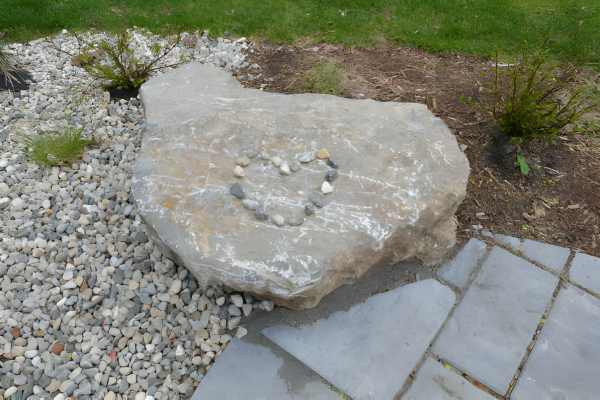
Effective stone landscaping begins with a thoughtful consideration of design principles and the selection of suitable materials. The choice of rocks, their placement, and the overall design play a pivotal role in creating an aesthetically pleasing outdoor space. To maximize the impact of your stone landscaping, focus on creating a balanced composition that integrates rocks of various sizes, shapes, and colors. This diversity not only adds visual interest but also mimics the natural patterns found in the environment. Additionally, pay attention to the placement of rocks in relation to the surrounding elements, such as plants and pathways, to achieve a harmonious and well-integrated design.
Attraction Of Rock Landscaping
The allure of rock landscaping lies in its ability to evoke a sense of rugged beauty and timeless charm. The natural textures and earthy tones of rocks create a visually striking contrast, making the landscape both captivating and enduring. To maintain the attractiveness of your rock landscaping, periodically inspect the arrangement of rocks and ensure they remain in their designated positions. Over time, natural factors like weather and erosion may shift the rocks, so regular adjustments will help preserve the intended design aesthetic.
Identify Common Pests
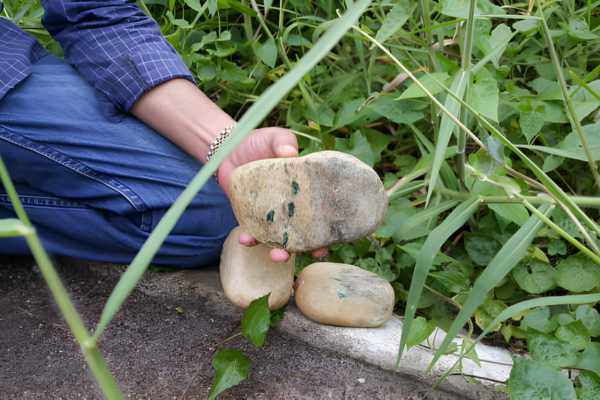
Maintaining stone landscaping involves not only caring for the rocks themselves but also addressing potential threats from pests that can affect the surrounding vegetation. Identify common pests that may target plants in and around the rock garden. Insects like aphids and scale insects can be detrimental to the health of plants, leading to discoloration and stunted growth. Regular inspection of your landscaping will allow for early detection of pest issues, enabling prompt and effective intervention to protect the overall health of the rock garden.
Regular Maintain Rock Gardens

Maintaining a rock garden is not just about the occasional weeding and watering; it requires regular attention for the best results. Firstly, ensure that the rocks are free from debris and dirt, as this can affect both the aesthetic appeal and the health of your plants. This can be done using a brush or high-pressure water to clean them thoroughly. Secondly, pay close attention to your plant life – trimming and pruning regularly will help to maintain a tidy appearance while encouraging healthy growth.
Ensure Proper Arising To Prevent Erosion
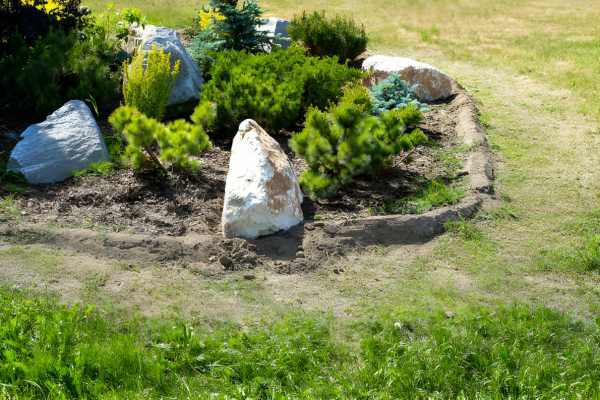
Erosion can pose a significant threat to the stability and aesthetics of stone landscaping. To prevent erosion, ensure proper grading and arising around the rocks. This involves creating a slope away from the rocks, directing water flow away from the garden. Proper arising helps to mitigate the impact of rainfall and prevents soil erosion, preserving the structural integrity of the rock arrangement.
Remove Rubble And Dirt

Over time, debris such as rubble and dirt can accumulate within the crevices of rocks, diminishing the visual appeal of the landscaping. Regularly remove debris by gently brushing or blowing it away. This not only maintains the cleanliness of the rock surfaces but also prevents the accumulation of organic matter that could encourage weed growth.
Resistant Feature For Water Issues
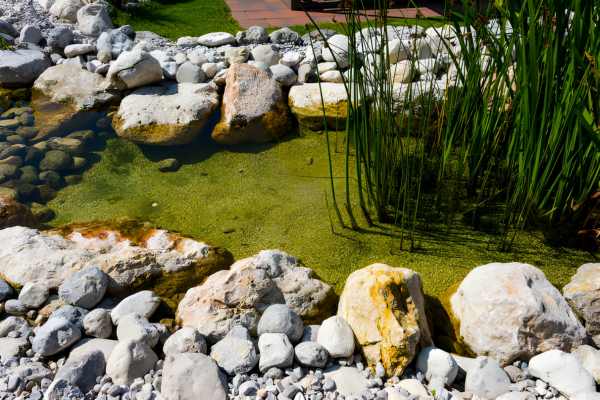
One key aspect to consider when installing river rock landscaping is proper placement and size selection of the rocks. Larger, heavier rocks should be placed at the edges of the area to provide stability and prevent shifting during heavy rainfall. Additionally, creating natural slopes with the rocks can help guide water away from sensitive areas towards drainage systems or permeable surfaces. With thoughtful planning and execution, river rock landscaping can effectively combat water-related issues while enhancing the overall aesthetic appeal of your outdoor space.
Dealing With Weeds For Rock Landscaping

Weeds can be a persistent issue in stone landscaping, detracting from the overall appearance of the garden. Implement a proactive strategy for dealing with weeds by regularly inspecting the area and manually removing any unwanted growth. Applying a layer of weed barrier fabric beneath the rocks can also help suppress weed growth, providing a low-maintenance solution to keep your rock garden pristine.
Gather The Necessary Tools
To effectively maintain rock landscaping, gather the necessary tools for routine upkeep. This may include a stiff brush for cleaning rocks, pruning shears for trimming plants, and a rake for removing debris. Having the right tools on hand ensures that maintenance tasks are performed efficiently and with precision.
Rinse The River Rocks Dry
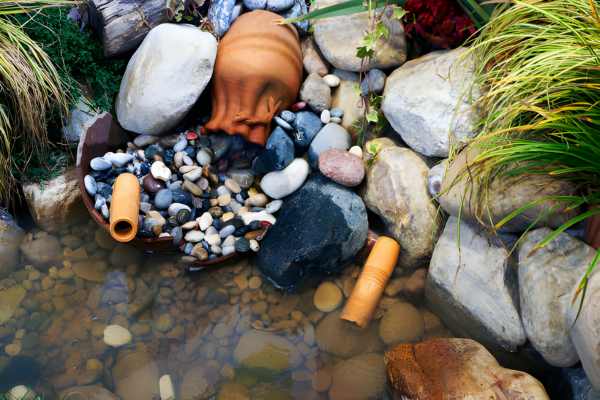
To maintain rock landscaping can be a fulfilling and visually impressive task, but ensuring the river rocks remain dry is crucial in preserving their aesthetic appeal. To accomplish this, consider employing a simple but effective method: rinsing the river rocks and allowing them to air dry. This process not only removes debris and dirt, enhancing the overall appearance of your landscape, but it also minimizes the risk of mold or mildew formation due to excessive moisture.
Trim Ground Cover Plants
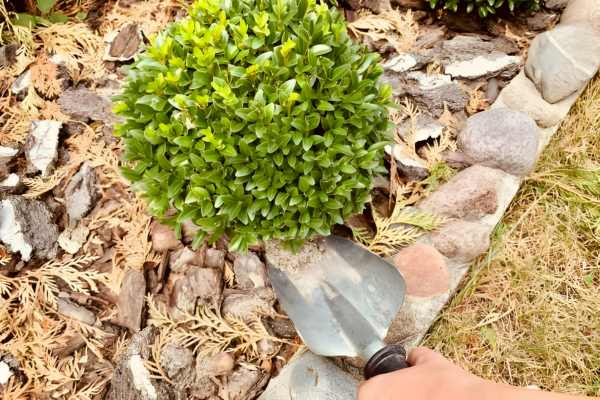
Ground cover plants play a crucial role in enhancing the visual appeal of stone landscaping. However, to maintain a neat and well-groomed appearance, regularly trim ground cover plants. This not only prevents overgrowth but also allows the rocks to remain prominently featured in the landscape.
Implement A Drip Irrigation System

To ensure optimal water distribution and minimize the risk of overwatering, consider implementing a drip irrigation system in your landscaping. Drip irrigation delivers water directly to the base of plants, avoiding unnecessary moisture on the rocks and reducing the likelihood of erosion. This efficient watering method promotes the health of your vegetation while preserving the integrity of the rock arrangement.
Final Thoughts
To maintain rock landscaping requires regular upkeep and attention to detail. By implementing a routine cleaning schedule, addressing any drainage issues, and replacing damaged rocks or gravel, you can ensure the longevity and visual appeal of your rock landscape. Additionally, keeping weeds at bay and monitoring for erosion will help preserve the integrity of the design. Remember that proper maintenance not only enhances the aesthetic value of your rock landscaping but also contributes to the overall health and functionality of your outdoor space. With these tips in mind, take the time to care for your rock landscape so that it continues to be a source of beauty and enjoyment for years to come.
